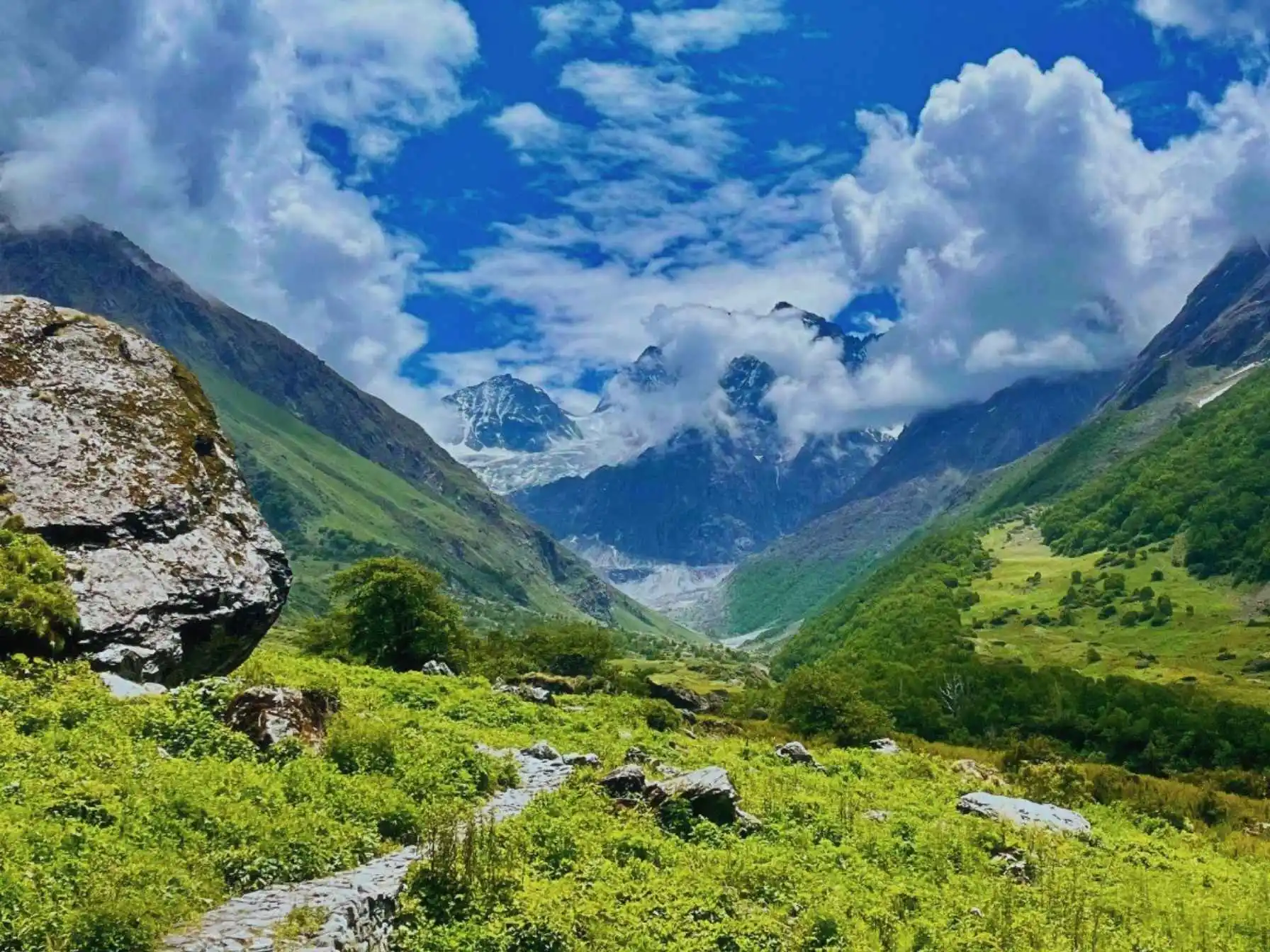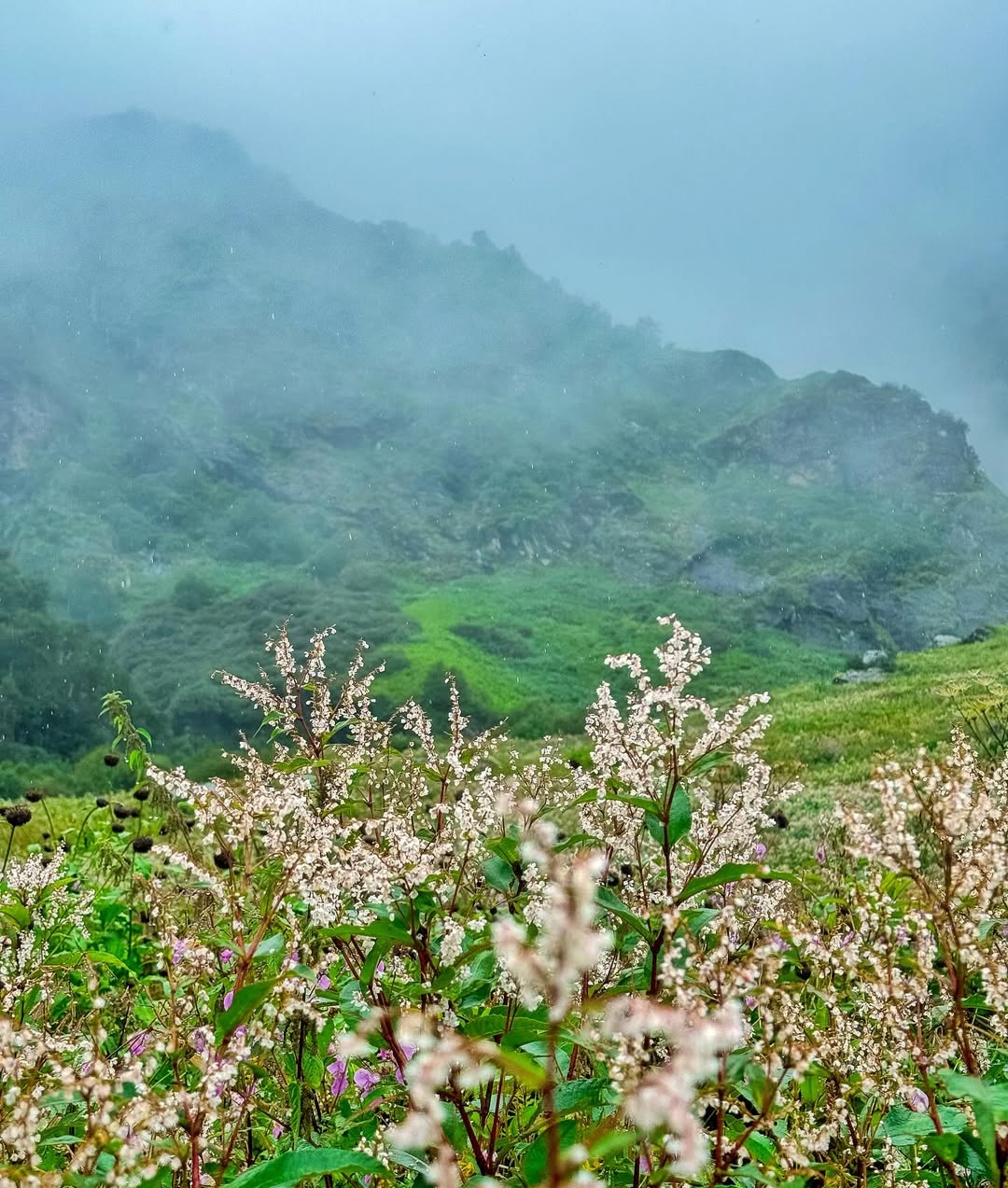What I Saw in the Valley of Flowers: The Truth Behind the 600 Species

Strong 8k brings an ultra-HD IPTV experience to your living room and your pocket.
I finally made it to the Valley of Flowers. This was a place I had imagined for years. Every book I read and every blog I followed described it as a living paradise. They spoke of more than 600 species of flowers blooming together in one vibrant sweep of color. Naturally, I arrived with high hopes and a restless curiosity.
At first, the experience was magical. The valley looked like a painting come to life. I saw blue Himalayan poppies, primulas, orchids, and many more flowers I could not name. However, as I walked further into the valley, I began to notice something unexpected. The trail was filled with beauty, but I kept asking myself the same question. Where were all the flowers the records promised?
The Floral Reality: Still Beautiful Yet Less Diverse
Eventually, I spoke with a forest guide who had worked in the valley for many seasons. His explanation helped me understand the truth. While the official list includes more than 600 species of flowers, most visitors can only see about 350 to 450 during a single blooming season. Some flowers bloom early in June, some appear only briefly in July, and others delay their bloom until late August. A few have not bloomed in certain years at all.
Moreover, as I explored deeper, I saw areas where invasive species like Polygonum polystachyum had taken over the native landscape. These fast-spreading plants outgrow the slower native flowers and cover large patches of land. They block the sunlight, consume the soil's nutrients, and slowly push the delicate endemic flowers out of their own space.
In addition to this, the valley’s ecosystem is showing signs of stress due to climate change. Local residents told me how rainfall patterns have become unpredictable. Some flowers are blooming much earlier now, while others are skipping years entirely. Even the snowline has shifted. Plants that once grew at lower altitudes now survive only in cooler and higher zones. This gradual shift in altitude has made many species harder to find.
Besides all this, human activity is making a quiet impact. Although tourism is regulated, the number of visitors is increasing every year. Along the main trails, I noticed some flowering zones looked damaged or disturbed. Flowers close to the path seemed fewer in number. This may be due to foot traffic or soil disturbance caused by mules and people walking without caution.
By the end of that day, I realized something important. The Valley of Flowers is still magnificent. However, the list of 600 species belongs more to history than to the current reality. What I witnessed was a part of what once existed, and maybe even a glimpse of what still needs to be protected.
My Trekking Experience: A Journey Worth Taking
Reaching the Valley of Flowers was not easy. It was not just a scenic walk. It was a proper trek that tested my patience and endurance. But at every step, it also rewarded me with new sights and quiet joy.
The journey began from Govindghat, which is a busy town filled with pilgrims and trekkers. From there, I took a short drive to Pulna, the starting point of the trek. The first day involved a nine-kilometer hike to Ghangaria. This section of the trail was steep and shared with mules, which made parts of the path muddy and challenging.
After resting overnight in Ghangaria, I started early the next morning to enter the Valley of Flowers. The forest check post was about three kilometers away. After that, the main valley started and stretched for another four to five kilometers, depending on how far you wanted to explore.
Inside the valley, the trail kept changing. I crossed small wooden bridges, climbed rocky paths, and walked beside tiny streams. The climb was not very steep, but the high altitude made it more tiring. At over 10,000 feet, I had to stop often to catch my breath. However, the scenery encouraged me to keep moving.
My Trek Itinerary to the Valley of Flowers National Park, Uttarakhand
Here is the itinerary that I followed during this unforgettable journey:
- Day 1: Drive from Rishikesh to Govindghat. The road journey took around eleven hours and passed through beautiful mountain roads.
- Day 2: Drive from Govindghat to Pulna. From there, trek to Ghangaria. This was a tiring nine-kilometer hike, but the mountain views were rewarding.
- Day 3: Trek from Ghangaria to the Valley of Flowers and return. This was the highlight of the trip. I spent almost the whole day inside the valley.
- Day 4: Trek to Hemkund Sahib, which was optional. It was a six-kilometer climb to over 14,000 feet. The altitude made it very difficult, but the view of the glacier-fed lake at the top made it worth the effort.
- Day 5: Trek back to Pulna and drive to Govindghat.
- Day 6: Drive back to Rishikesh.
This plan gave me enough time to explore both the Valley of Flowers and Hemkund Sahib without rushing.
I got the itinerary to reach the national park from a tour operator, but in my opinion, you can choose any route that suits you, as there are plenty of accommodation options available along the way.
Also, you will have to show permit to enter into the National Park, and during the crowdy day it might difficult to get permit offline because only 150 people are allowed to enter for one day. You can get online permit from the official website of NDBR, it will save your time and will give an assurance about the trip.
Trek Difficulty: What You Should Expect
The Valley of Flowers trek is moderate in difficulty. However, a few things can make it more challenging. First, the altitude can make it hard to breathe, especially if you are not used to high elevations. Second, the monsoon season adds extra moisture and mud to the trail. Rain can arrive at any moment, which makes the path slippery.
Another difficulty comes from the length of the trail. Walking ten to twelve kilometers every day requires stamina. If you are not used to long walks, your legs may feel sore by the end of the day.
Also, the trail is shared with pilgrims and mules heading to Hemkund Sahib. This makes some sections crowded. You must walk carefully and stay alert to avoid slipping on mule tracks.
Even with all of this, the trek is achievable if you come prepared. Proper trekking shoes, a poncho, and a light backpack made my journey easier. Hydration and slow, steady walking helped me adjust to the altitude as well.
Final Thoughts: A Precious Valley That Needs Our Respect
The Valley of Flowers left a deep impact on me. It was beautiful beyond words, but it also told a story that not everyone hears. This place is alive and blooming, but it is also quietly changing. Some flowers are fewer now, and others are missing. Climate change, tourism, and invasive species are slowly shaping its future.
If you plan to visit, come with love and care. Stay on the trail, do not pluck flowers, and take all your waste back. Let your presence leave no harm. What I saw in the Valley of Flowers was not only a burst of colors. It was a delicate world holding on through time, hoping that we will help it survive.
This was not just a trek for me. It was a gentle lesson from nature. Every flower here is a story of resilience. Every step I took reminded me that paradise does not just exist. It must be protected.
Note: IndiBlogHub features both user-submitted and editorial content. We do not verify third-party contributions. Read our Disclaimer and Privacy Policyfor details.



